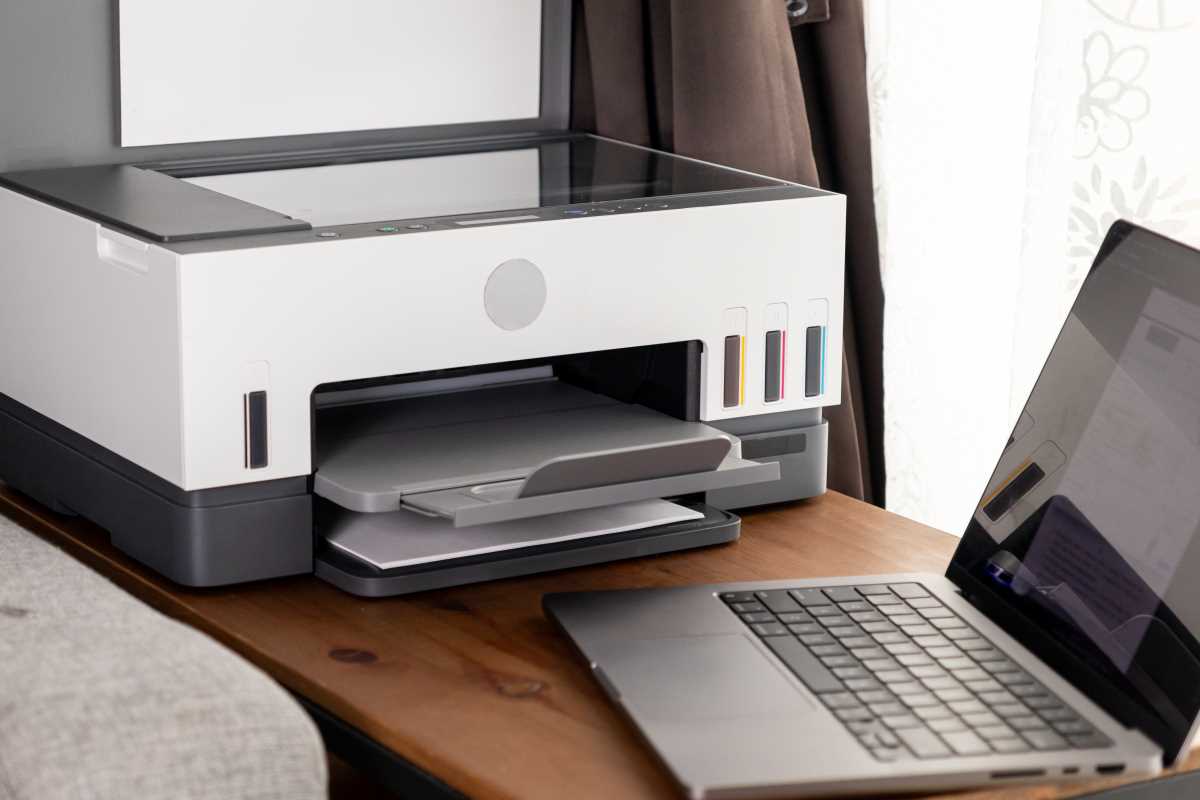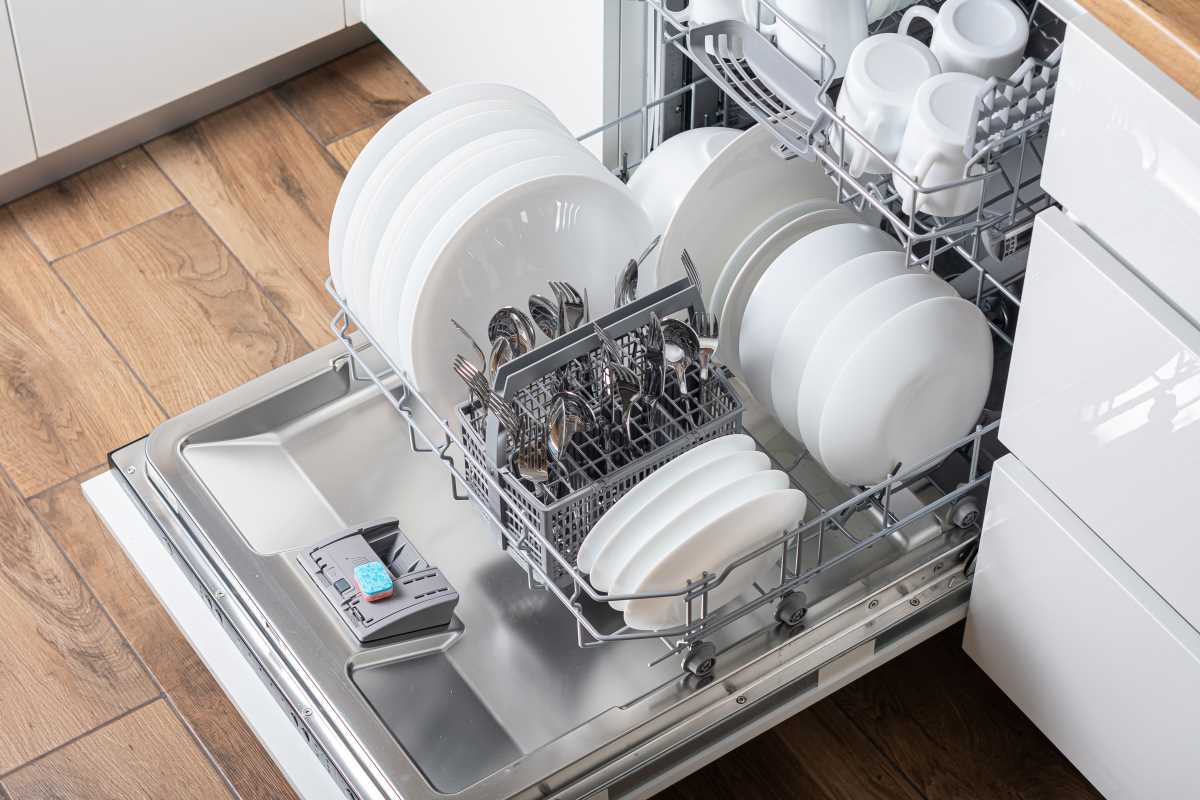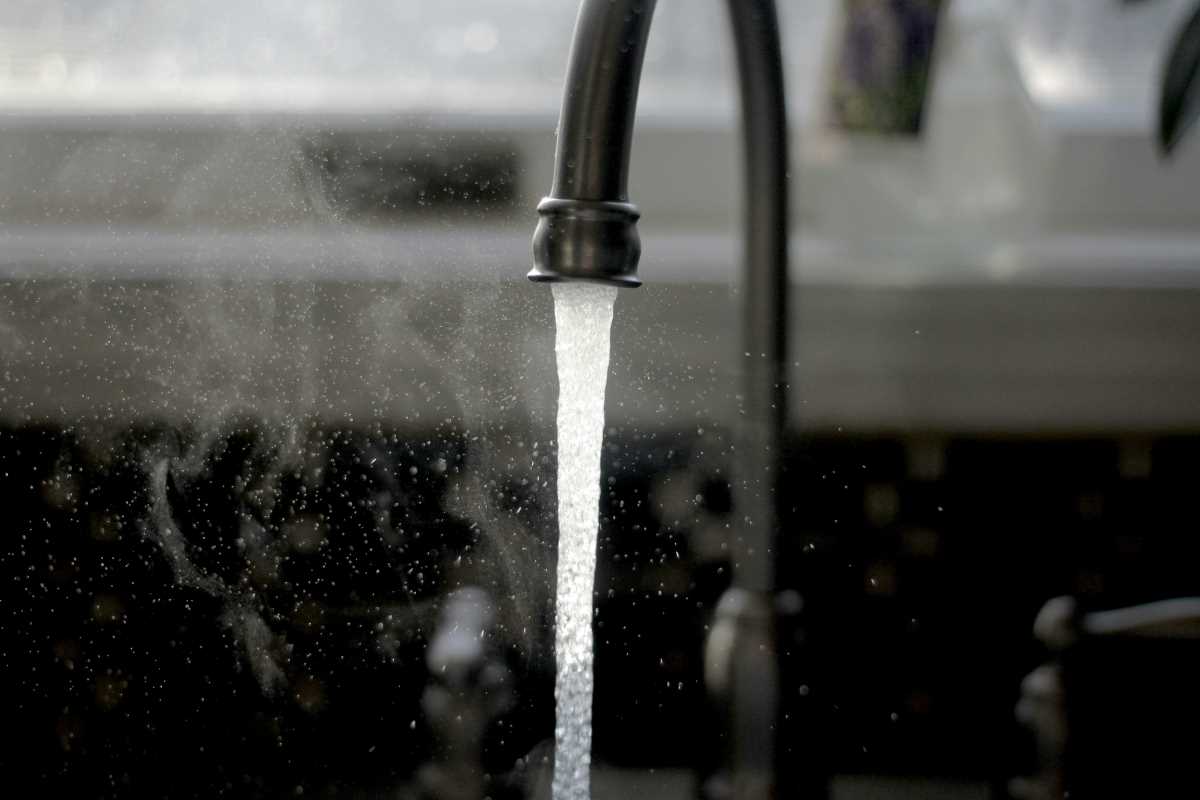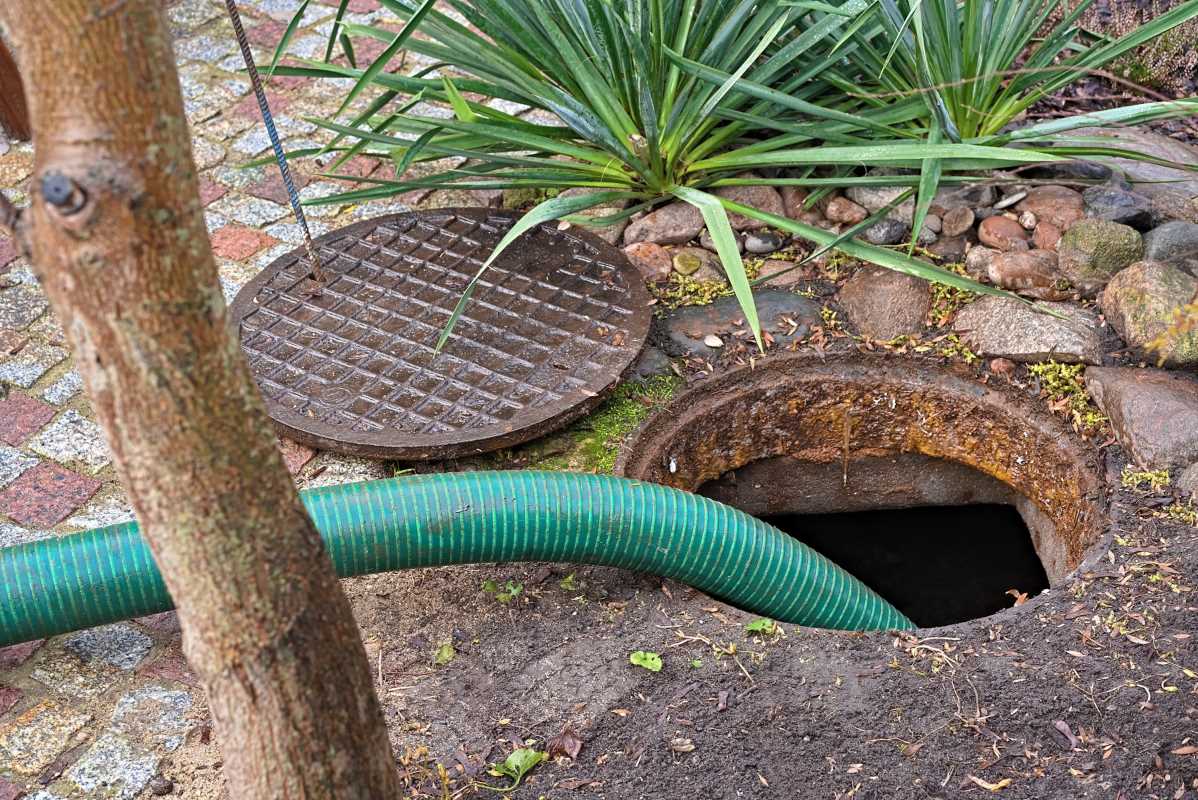Home office printers are essential tools for creating a functional workspace. From printing important documents to scanning and copying, they’re designed to make life easier and work more efficient. However, like any piece of technology, printers require care and attention to keep them running smoothly over the years. Failure to maintain them properly can lead to frequent breakdowns, costly repairs, or even the need for an early replacement. Fortunately, with a few simple habits and maintenance practices, it’s possible to extend the lifespan of your home office printer, ensuring reliable performance for years to come.
Regular Cleaning for Optimal Performance
Dust and dirt may seem harmless, but they can significantly impact a printer’s functionality over time. Dust particles can settle on internal components, potentially clogging the printer mechanisms and affecting the quality of the output. Regular cleaning, both inside and out, goes a long way in preserving a printer’s performance.
Use a dry, lint-free cloth to wipe the exterior of the printer, paying close attention to vents and any external gaps. For the interior, it’s important to approach with care. Unplug the printer before cleaning and use a soft brush or a can of compressed air to gently remove dust from areas like the paper feed tray and cartridge compartment. Be cautious around the sensitive nozzles and delicate internal parts to avoid causing damage. A clean printer not only lasts longer but also produces sharper, more professional-looking prints.
Use the Right Supplies and Materials
The type of ink, toner, and paper used can affect the printer’s performance and longevity. Using non-genuine or low-quality materials may seem like a cost-saving measure, but it often leads to clogs, jams, or premature wear.
High-quality paper designed for printing reduces the likelihood of jams or misfeeds. Cheaper, thinner paper can degrade more easily, leaving behind dust and particles that contribute to mechanical issues. Similarly, original or manufacturer-recommended ink cartridges and toners are formulated to work optimally with specific printer models. Generic or refilled cartridges might save money initially, but they often compromise print quality, cause leaks, or even damage the printer head over time.
Monitor and Manage Printer Settings
Keeping a printer in good condition extends beyond its physical state; it also includes being mindful of how it’s used. Settings like resolution and print quality impact wear on the internal components. Higher settings are ideal for photos and detailed images but are unnecessary for plain text documents.
Using a printer’s “draft” or “economy” mode for everyday printing reduces the amount of ink or toner used and puts less strain on the printer head. Many models offer a “sleep” mode when not in use, which conserves power while ensuring the internal components don’t overheat. Fine-tuning these settings to match the task at hand promotes efficient operation and lengthens the lifespan of the device.
Avoid Frequent On-and-Off Cycles
Powering a printer on and off too frequently puts extra stress on its mechanisms. Each time a printer starts up, it runs a self-cleaning cycle to ensure the nozzles are ready for operation. While this is useful for print quality, it also uses extra ink or toner and increases wear on the internal components.
Allowing the printer to remain in sleep mode between uses prevents unnecessary startup cycles while still conserving energy. This habit is especially beneficial for inkjet printers, where frequent nozzle cleaning can deplete cartridges faster and increase maintenance needs.
Address Paper Jams Properly
Paper jams are one of the most common printer issues and a potential source of damage when not handled correctly. When a jam occurs, the instinct might be to yank the stuck paper out forcefully, but this risks tearing the paper or damaging internal rollers.
Instead, start by checking the printer’s display or manual for specific instructions on clearing jams. Gently pull the paper out in the direction it entered the printer, ensuring no fragments remain inside. Misaligned or overfilled paper trays are common causes of jams, so always make sure the paper stack is neat, not exceeding the tray’s capacity, and that the paper size matches the printer settings.
Keep Firmware and Drivers Updated
Printer manufacturers release firmware and driver updates to improve functionality, fix bugs, and address compatibility issues. Running an outdated driver or skipping firmware updates can lead to slower performance, errors, or missing features.
Visit the printer manufacturer’s website periodically to check for updates. Many printers also have software utilities that send notifications when updates are available. Keeping the printer’s software current not only ensures better performance but also extends its operational life by preventing glitches that might otherwise cause wear or malfunctions.
Store the Printer in the Right Environment
The environment plays a critical role in the health of a printer. High humidity can cause paper to absorb moisture, leading to jams or uneven feeding. Excessively dry conditions, on the other hand, may contribute to static buildup in the paper feed area.
Ideally, the printer should be stored in a temperature-controlled space with moderate humidity. Avoid placing it near windows, heaters, or air conditioners, as sudden temperature changes can warp internal components. Similarly, keeping the printer away from direct sunlight prevents fading or damage to plastic casing and sensitive parts.
Run Regular Maintenance Checks
Nearly all modern printers have built-in maintenance options that diagnose and resolve minor issues. Printhead alignment, nozzle checks, and cleaning cycles are just a few examples of tools available through the printer’s settings menu.
Regularly running these diagnostic and cleaning processes catches small problems before they evolve into major malfunctions. Taking just a few minutes to perform these checks every month ensures the printer remains in its best possible condition.
Handle Cartridges with Care
Replacing ink or toner cartridges may be a routine task, but it’s one that requires careful handling. Shaking a cartridge aggressively or allowing it to dry out prematurely can cause internal damage to the printer head or result in substandard prints.
Always follow the manufacturer’s instructions for cartridge installation, ensuring they are seated firmly but gently in the designated slot. If a cartridge isn’t used regularly, consider printing a test page every few weeks. This prevents ink from drying out in the nozzles and minimizes the need for deep cleaning.
Know When to Call for Professional Servicing
Even with vigilant maintenance, printers may require professional servicing from time to time. Persistent issues, such as streaky prints, mechanical noises, or unresponsive systems, often need the expertise of a technician.
Annual servicing helps catch unseen wear and tear, replacing parts like rollers or belts as needed. While this incurs an occasional expense, it’s far less costly than replacing the entire printer prematurely. A well-serviced printer operates efficiently, extending its useful life while producing consistent, high-quality output.







